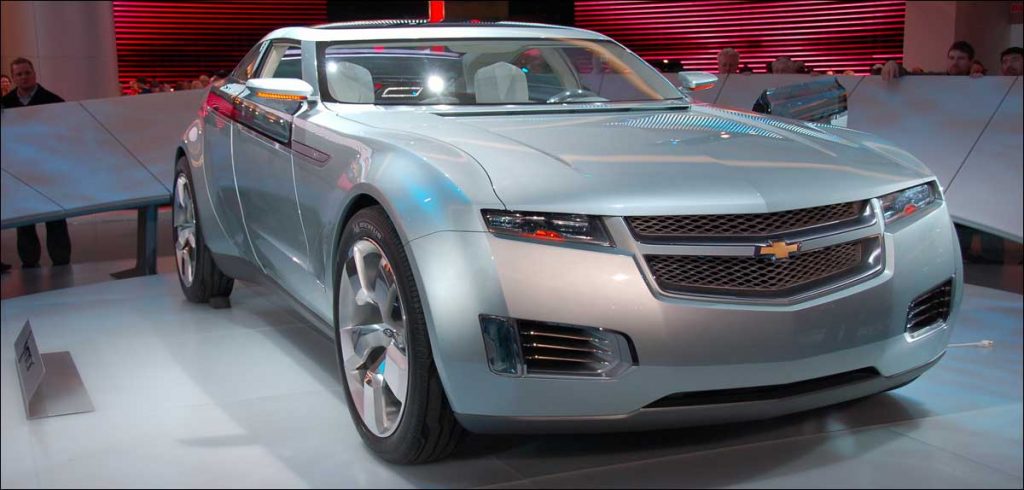With a diverse range of hybrid options available and ongoing efforts to incentivize their adoption, the future looks bright for hybrid technology on Indian roads.
In recent years, hybrid vehicles have surged in popularity in India, driven by the introduction of mass-market vehicles featuring this technology. According to the 2023 sales report, hybrid vehicles now comprise approximately 2 percent of total passenger vehicle sales in India.
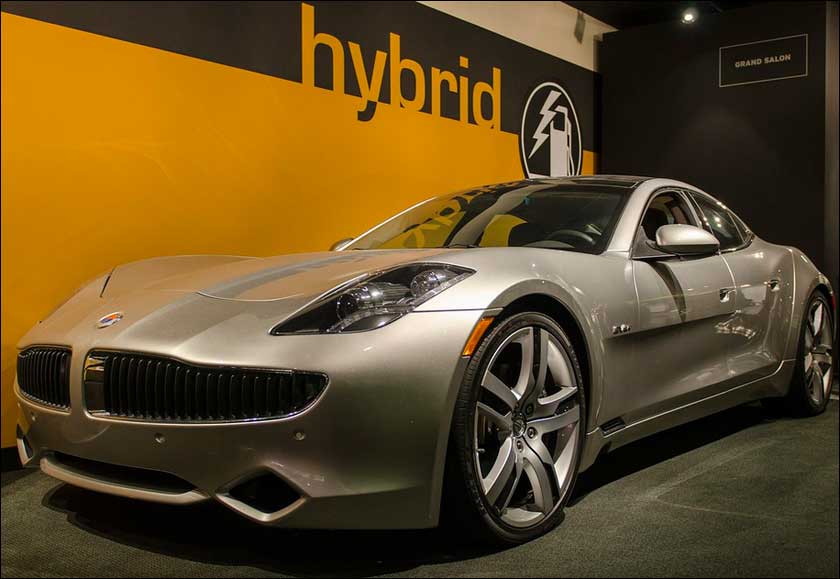
A hybrid vehicle integrates at least one electric motor and a gasoline engine, with its system capable of recovering energy through regenerative braking. Depending on driving conditions, either the electric motor, the combustion engine, or both may power the vehicle. This synergy leads to reduced fuel consumption and improved fuel efficiency. Moreover, in certain scenarios, the incorporation of electric power can even enhance performance.
In India, there is a diverse range of approximately 23 hybrid cars available, spanning from models like the Maruti Suzuki Ertiga to the high-performance Lamborghini Revuelto. These vehicles vary not only in terms of size and performance, accounting for differences in pricing, but also in the functionality of their hybrid systems. India presents four primary hybrid types: mild hybrid, strong hybrid, plug-in hybrid, and electric vehicles with range extenders. Each variant offers distinct features and functionalities, accommodating the varied requirements and inclinations of consumers within the Indian market.
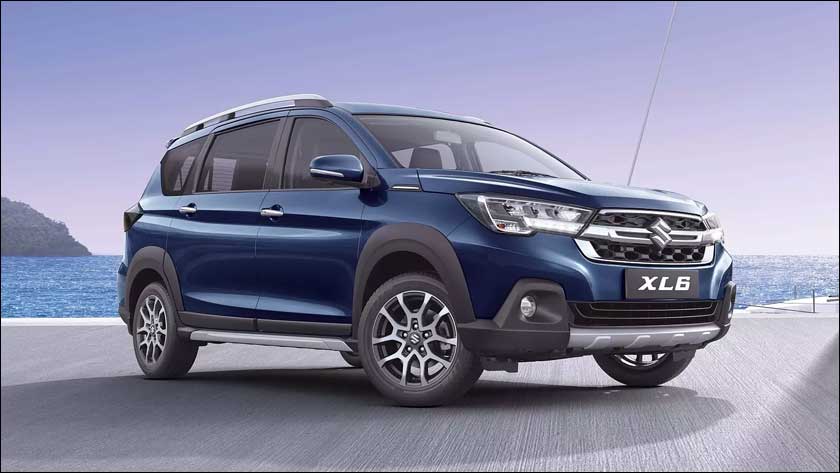
Mild hybrid
A recent advancement in hybrid technology is the introduction of the “mild” hybrid system. As the name suggests, this system generally doesn’t solely rely on electric power to propel the vehicle. Instead, it offers a modest boost to the vehicle’s combustion engine, particularly during acceleration from a standstill. Additionally, it assists in alleviating the strain on the engine caused by power-demanding components such as air conditioning.
Mild hybrids, often equipped with 48-volt electric systems, operate without the need for a plug. Instead, their batteries are replenished through a combination of power generated by the gasoline engine and energy harvested during braking, a process known as regenerative braking.
In 2015, Maruti Suzuki made its debut in India’s mild hybrid market with the introduction of the Ciaz diesel equipped with SHVS technology. Presently, this innovative technology is integrated into several Maruti vehicles, including the Ertige, Brezza, Fronx, and XL6, among others. Additionally, luxury car manufacturers like Volvo and Audi have incorporated mild hybrid systems into their models. However, it’s worth noting that some manufacturers use the term “Micro Hybrid” to describe a car’s start/stop feature. Despite this labeling, if the battery does not contribute to the vehicle’s propulsion, it’s more of a marketing ploy than a genuine hybrid system.
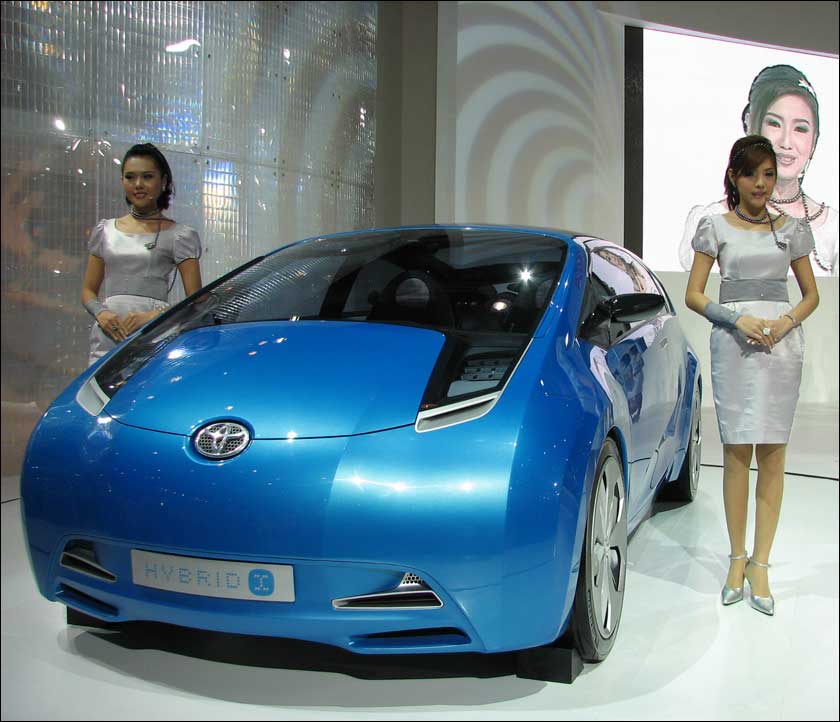
Strong hybrid
Full hybrid vehicles, akin to mild hybrids, incorporate both a gasoline engine and an electric component. However, the electric component in a full hybrid vehicle is capable of handling a substantially larger portion of the workload compared to a mild hybrid. In many full hybrids, the vehicle can operate entirely on electric power for a certain distance. This typically occurs at lower city speeds, allowing for reduced emissions and improved fuel efficiency during urban driving conditions.
Full hybrid vehicles are commonly categorized into two primary powertrain configurations: parallel and series hybrid. In parallel hybrids, the engine can be powered in one of three ways: directly by the engine itself, directly by the electric motor, or through a combination of both systems working in tandem. This powertrain configuration is employed in vehicles such as Toyota’s Camry and various Lexus hybrid models.
In a series hybrid configuration, the wheels are exclusively powered by an electric motor, while the combustion engine serves as a generator. The engine’s primary function is to produce electricity to recharge the battery, and it never directly propels the wheels. Series hybrid vehicles available in India include the Honda City Hybrid, Toyota Urban Cruiser Hyryder, and Maruti Suzuki Grand Vitara, among others.
With advancements in hybrid technology, some vehicles operate as a combination of both series and parallel configurations, referred to as “series-parallel” hybrids. In these vehicles, the onboard computer system determines the most efficient mode of operation at any given time.
Full hybrid vehicles employ a comparable method to mild hybrids for recharging their battery systems, drawing energy from the gasoline engine and regenerative braking. This approach guarantees that the battery remains charged and primed to support the electric motor when required, thereby enhancing fuel efficiency and minimizing emissions.
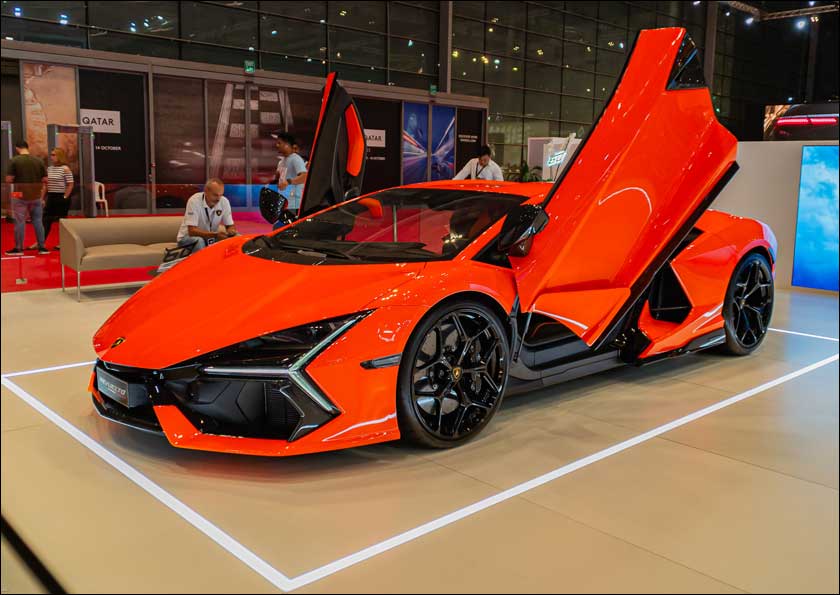
Plug-in-hybrid
While the previously mentioned hybrids solely rely on internal charging mechanisms, plug-in hybrids (PHEVs) have the capability to charge their batteries both internally and externally. This dual-charging capability enables plug-in hybrids to achieve longer electric-only ranges compared to full hybrids. Essentially, plug-in hybrids represent a midpoint between full hybrid vehicles and fully electric automobiles, offering users the flexibility to operate on electric power for extended distances while still retaining the convenience of a gasoline engine for longer trips.
PHEVs have the capability to operate as electric vehicles in urban environments, thereby significantly decreasing tailpipe emissions. In India, the adoption of PHEV technology is limited, with only a select few vehicles offering this feature. These include luxury SUVs such as the Volvo XC90 and Porsche Cayenne, upscale sedans like the Porsche Panamera, and even high-performance supercars such as the Ferrari SF90 Stradale and Lamborghini Revuelto.
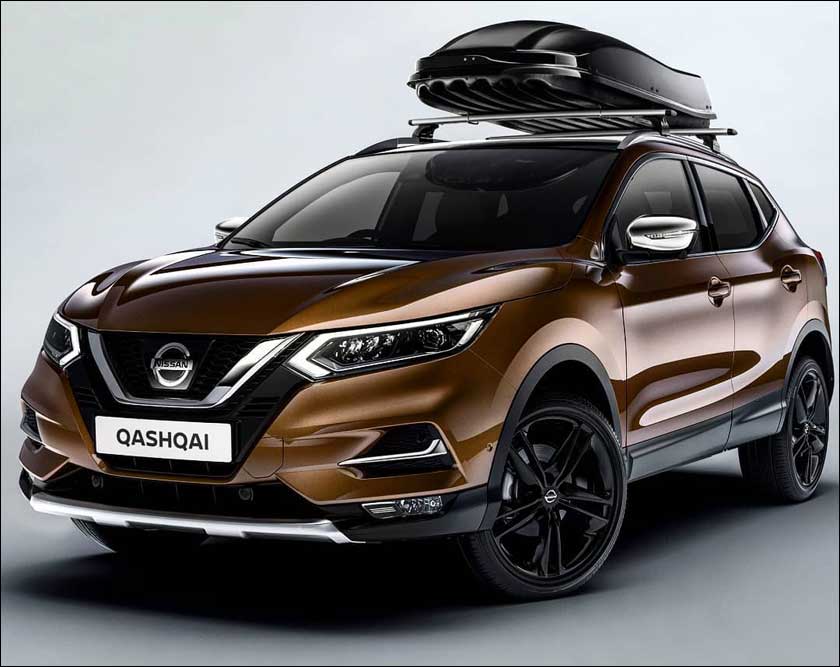
Electric vehicles with range extender
Electric vehicles with range extenders feature an engine, a battery pack, and an electric motor. The engine functions solely as a generator, replenishing the battery when needed, while the electric motor propels the wheels. By operating in this manner, the engine can run at its optimal efficiency level since it is not directly responsible for providing propulsion.
While currently unavailable in India, some overseas models, such as the Nissan Qashqai, utilize this technology. In the case of the Nissan Qashqai, its powertrain incorporates a range-extender setup wherein a 190hp 1.5-liter three-cylinder turbocharged petrol engine, equipped with a variable compression ratio, is dedicated exclusively to generating electricity rather than directly powering the wheels. This generated electricity is then routed through the inverter to either the 2.1kWh battery pack, the 190hp electric motor, or both, depending on the driving conditions.
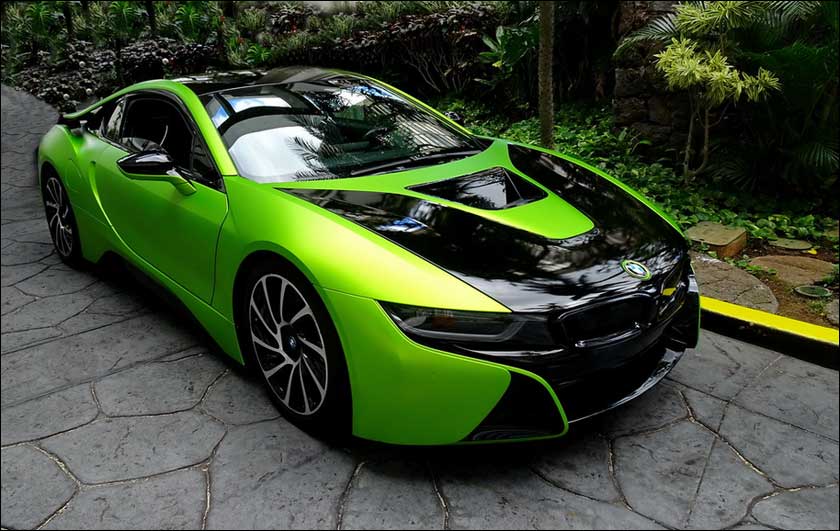
Is hybrid a good choice for Indian roads
In the past, hybrids have not gained widespread popularity in India for several reasons. Firstly, the high upfront cost of purchasing a hybrid vehicle has been a significant deterrent for many potential buyers. Additionally, the lack of government subsidies or incentives for hybrid technology has further diminished their appeal. Furthermore, there is a perception among some individuals that hybrids are not as environmentally friendly as pure electric vehicles, as they still rely on internal combustion engines for propulsion. These factors have collectively contributed to the limited adoption of hybrid vehicles in the Indian market.
Nevertheless, the recent introduction of hybrid models, particularly in the mass market segment, has injected a glimmer of hope for the proliferation of this technology in India. Given the limited availability of widespread EV charging infrastructure, companies such as Maruti and Toyota are placing significant bets on hybrid technology. In pursuit of this goal, both Japanese brands are actively engaging with the government to advocate for reduced taxes on hybrid vehicles. This strategic move aims to make hybrid models more accessible and appealing to Indian consumers, thereby paving the way for their broader adoption in the automotive market.
In reality, a recent study conducted by the Indian Institute of Technology (IIT) Kanpur has cast doubt on the assumption that electric cars are inherently more environmentally beneficial than hybrid cars and traditional internal combustion engine vehicles. According to the study, Hybrid Electric Vehicles (HEVs) emit the least amount of greenhouse gases (GHGs) compared to the other two categories of vehicles, albeit at a higher cost.
The primary reason for the elevated pricing of hybrid cars is attributed to the imposition of high government taxes. The IIT paper suggests that if the government aims to incentivize the adoption of clean technology, hybrid automobiles should be taxed at a rate equivalent to that of battery vehicles. This alignment in taxation rates could potentially level the playing field and encourage consumers to opt for hybrid vehicles, which offer significant environmental benefits without the range limitations associated with pure electric vehicles.
Conclusion:
As hybrid vehicles gain momentum in India’s automotive landscape, the road to greener mobility is becoming increasingly promising. With a diverse range of hybrid options available and ongoing efforts to incentivize their adoption, the future looks bright for hybrid technology on Indian roads. Despite initial challenges such as high upfront costs and limited government support, recent studies highlighting the environmental benefits of hybrids underscore their potential to drive sustainable transportation solutions. By aligning taxation policies and promoting technological innovation, India can accelerate the transition towards cleaner and more efficient mobility, ultimately contributing to a greener and healthier future for all.



